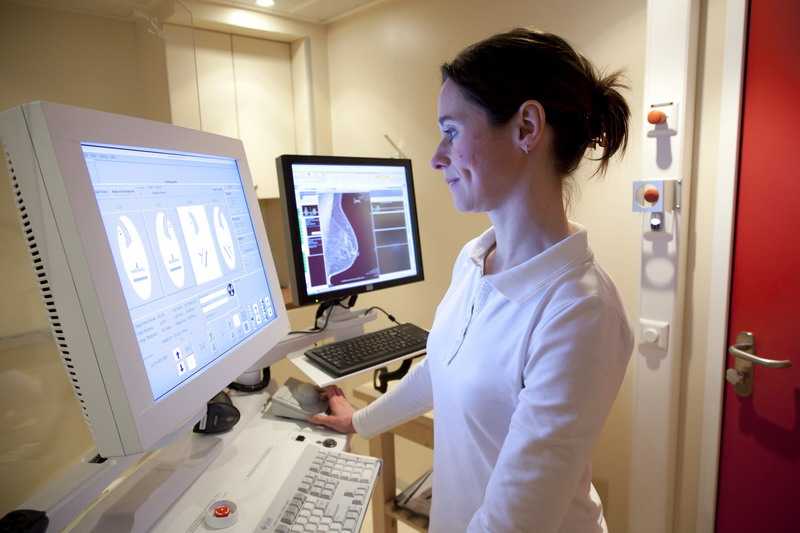Every day, the news offers us more stories about the ongoing opioid crisis. In recent months we’ve learned that the U.S. is ground zero for opioid abuse. We have discovered that there is no single reason we can point to explaining why so many people abuse opioids. And finally, we have learned that opioid abuse is largely a medical problem requiring a medical solution.
Radiologists know all too well the medical truth behind the opioid crisis. They have first-hand experience treating patients who come into the emergency department suffering complications of drug abuse. A good number of these patients have failed to get much-needed medical care at an earlier point due to the stigma of being drug abusers. So when they finally do get to the hospital, they are in such bad condition they wind up in radiology as doctors try to figure out what’s going on.
Too Many Opioid Prescriptions
A fascinating 2017 study presented at the annual meeting of the Radiological Society of North America revealed just how pressing the opioid crisis is on hospital radiology departments. The study looked at just over 1,000 patients that underwent imaging procedures between 2005 and 2016. The need for imaging in each case was due to complications from substance abuse.
The study revealed that 30% of the patients had a history of prescription opioid use before their first imaging procedure. The mean was 10 prescriptions per patient. That means, on average, patients had received 10 opioid prescriptions in the months or years leading up to their first imaging test.
Furthermore,the mean time between opioid prescription and the first imaging exam was just over four years. Extrapolating the data shows a frightening trend: patients are using opioids for years before they are sick enough to seek medical treatment. Given the highly addictive nature of opioids, anyone using them for that length of time is very likely an abuser.
The Lessons to Be Learned
There is no doubt that radiologists have enough first-hand experience with opioid abuse to contribute to the conversation. Given the nature of their profession, they can do little to help treat a patient dealing with opioid addiction, but they can observe the damage done and make appropriate recommendations.
So what are the lessons to be learned here? There are several of them. First, radiology may be uncovering a level of substance abuse that might be going unreported. If it’s true that some substance abusers are going for years without seeking treatment because of the stigma attached to addiction, how many patients never even make it to radiology?
Second, the 2017 study clearly shows a disconnect between the volume of opioids prescribed and their highly addictive nature. It does not seem reasonable that the average patient should be receiving 10 opioid prescriptions in a matter of four years. Something is amiss here.
Finally, the experiences of America’s radiologists demonstrate that we may be far too careless with the use of opioids. Perhaps it’s time for the medical community to rein in opioid prescriptions and, instead, find other ways to deal with acute pain. Perhaps pharmacology is not always the best way to go.
While we search for answers to the opioid crisis, radiologists will continue seeing patients coming to them after years of using drugs. They will run their imaging exams, make their diagnoses, offer recommendations, and allow patients to make their choices.
If addiction truly is a medical problem in need of a medical solution, an expert in Expert Radiology should have a place at the table while solutions are being discussed.



